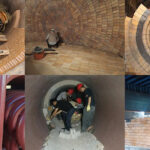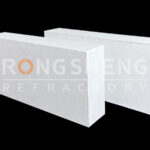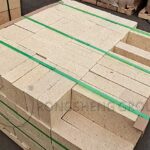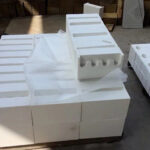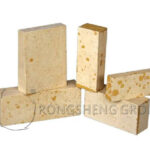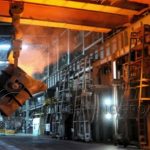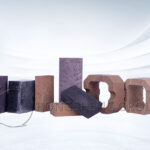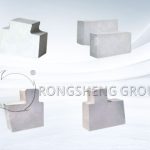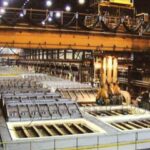With the rapid development of the industrial economy, the high-temperature industry is also undergoing great changes. From high energy consumption, high emissions, and high pollution, it has transformed into low emissions, energy conservation, and environmental protection as the mainstay of recycling. This also changes the impact of refractory material quality on various high-temperature industrial kilns. Gradually, refractory products with low grade, poor quality and short service life are gradually withdrawn from the market. However, the application of refractory materials in high-temperature industrial fields is indispensable, and it requires the joint efforts of various enterprises and refractory material manufacturers to extend the service life of high-temperature furnace linings.
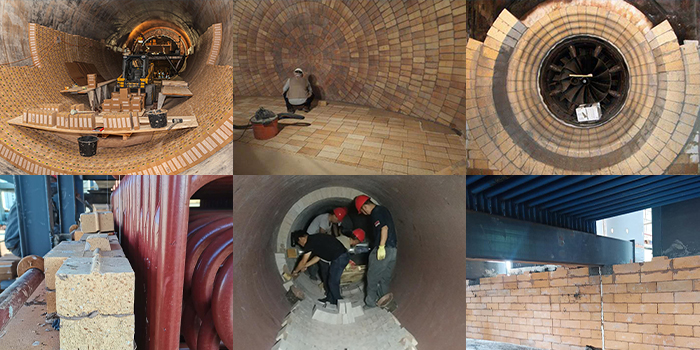
High-temperature kilns cannot do without refractory materials as protective linings. The most troublesome thing for users is the service life of refractory furnace linings. The short service life of refractory materials directly affects the operation rate of the kiln and the economic benefits of the companies using them. In the past, when selecting refractory materials, user companies often adopted targeted procurement through bidding by the user. Including the material, shape, quantity, and quality grade of refractory materials. However, this kind of targeted procurement and calibration often has certain drawbacks, which may lead to the purchase of sub-quality, low-grade, and poor-grade products when building refractory materials for the kiln. The furnace is built for the sake of masonry, but the quality of the furnace’s masonry workmanship is ignored. The overall operation rate of the furnace and the service life of the furnace will ultimately add considerable costs to the company. There may even be major safety hazards. Of course, in addition to the above man-made reasons, there are also the following factors that affect the service life of high-temperature kiln linings.
- Not familiar with the operating principle of the kiln, and blindly determine the type of refractory materials.
- Not understanding the mechanical reaction of the charge, blindly purchasing refractory materials, and deviating from the applicable direction.
- The refractory materials are good, but the masonry workmanship is poor; resulting in the good materials being useless.
- The furnace lining masonry plan is not combined with the actual kiln application, resulting in similar shapes and different qualities.
- The selection and matching of refractory materials are incorrect, resulting in serious waste and short service life.
Among them, the material selection and reasonable configuration of refractory materials used in the kiln are the most important. Over the years, Rongsheng Refractory Materials Manufacturer has carefully crafted and deeply analyzed the operating principles of kilns. Focus on analyzing the mechanization reaction of the furnace charge, repositioning the overall optimization plan of the furnace lining, and rationally deploying high-temperature kiln lining refractory materials. We have conducted in-depth research into the long-life and energy-saving methods for various high-temperature kiln applications, and have achieved certain results.
Rongsheng Refractory Materials Manufacturer is a powerful manufacturer and seller of refractory materials. Our customers are in more than 100 countries around the world. Our professional technical team can customize refractory lining solutions based on the actual working conditions of the kiln. And our comprehensive customer service can ensure a longer life of refractory furnace linings. Contact us for a free refractory lining material solution.
In addition, our new insulation material products are highly efficient and energy-saving. It can effectively reduce the temperature of the kiln shell, greatly saving fuel consumption in production and saving production energy. It saves enterprises a lot of production costs and creates higher profits.

